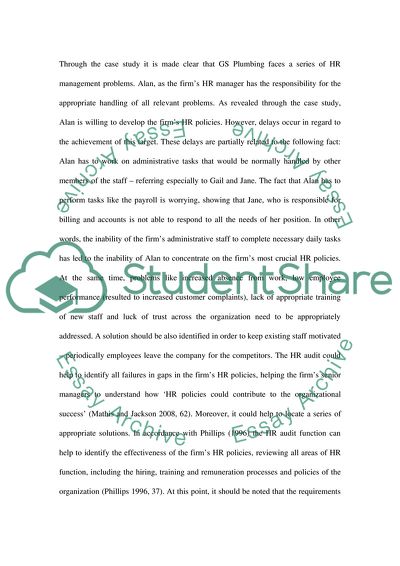Cite this document
(The Increase of Competition in All Industrial Sectors Assignment - 6, n.d.)
The Increase of Competition in All Industrial Sectors Assignment - 6. https://studentshare.org/human-resources/1750261-hrm
The Increase of Competition in All Industrial Sectors Assignment - 6. https://studentshare.org/human-resources/1750261-hrm
(The Increase of Competition in All Industrial Sectors Assignment - 6)
The Increase of Competition in All Industrial Sectors Assignment - 6. https://studentshare.org/human-resources/1750261-hrm.
The Increase of Competition in All Industrial Sectors Assignment - 6. https://studentshare.org/human-resources/1750261-hrm.
“The Increase of Competition in All Industrial Sectors Assignment - 6”. https://studentshare.org/human-resources/1750261-hrm.


